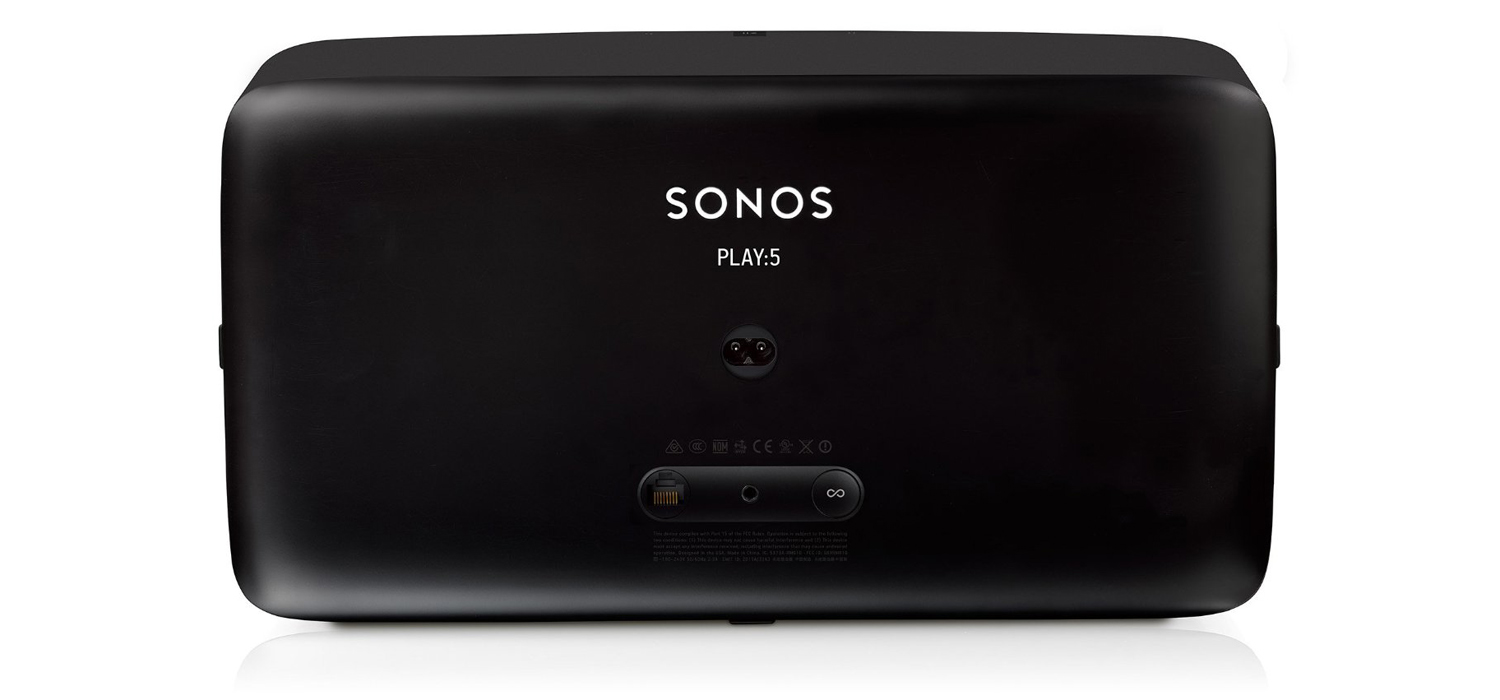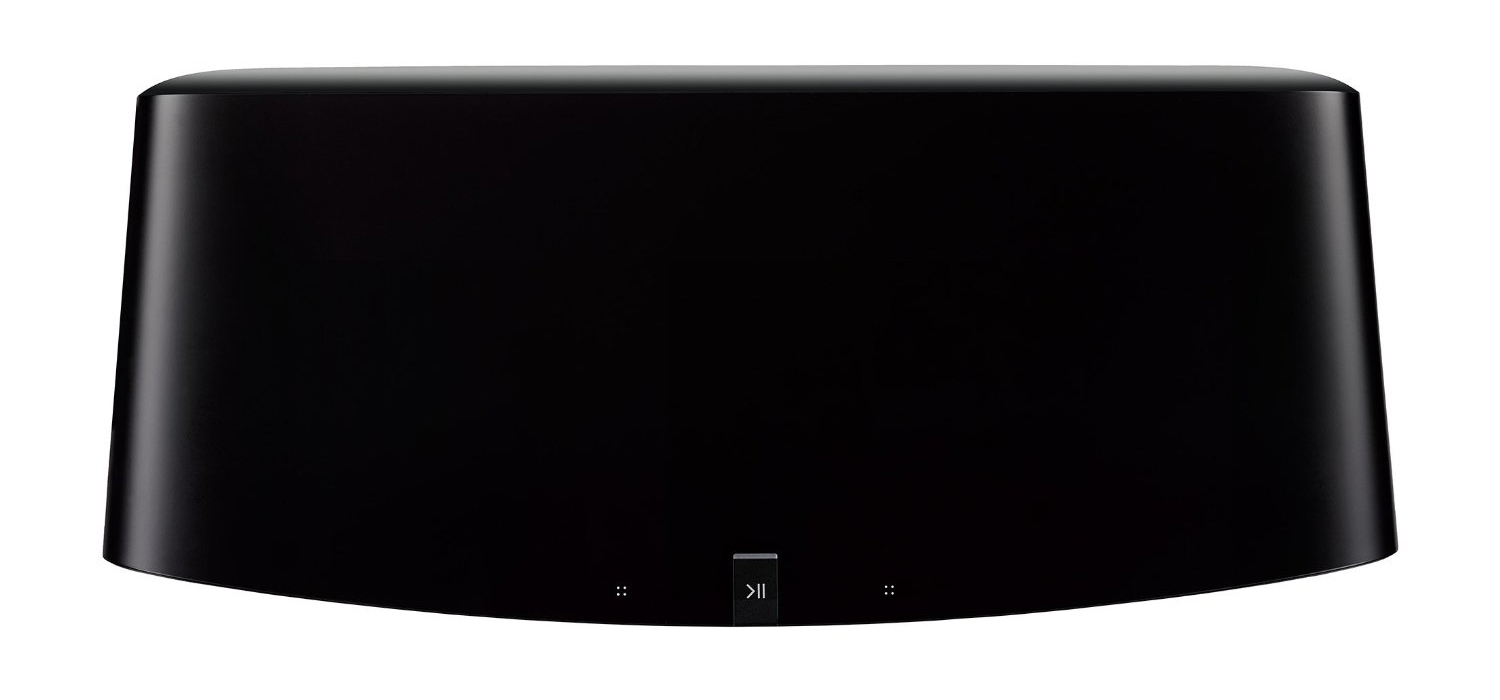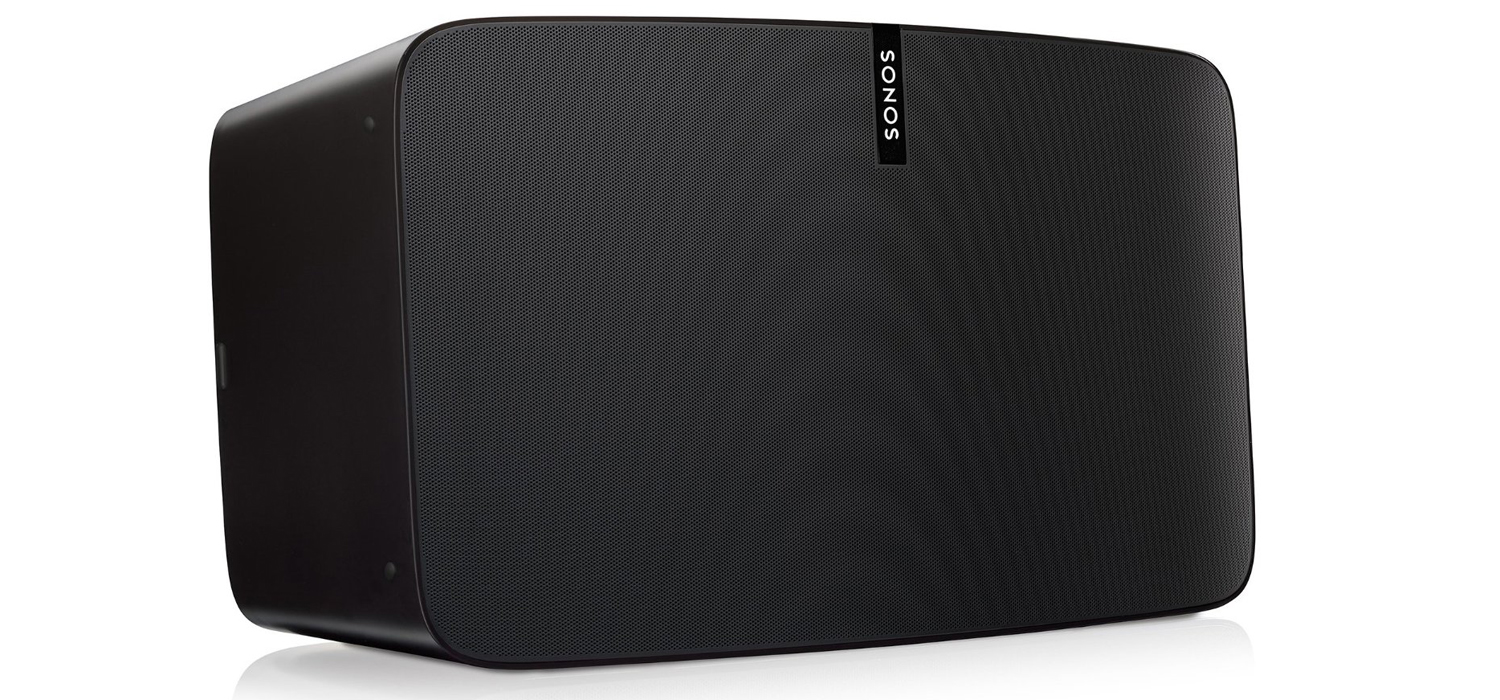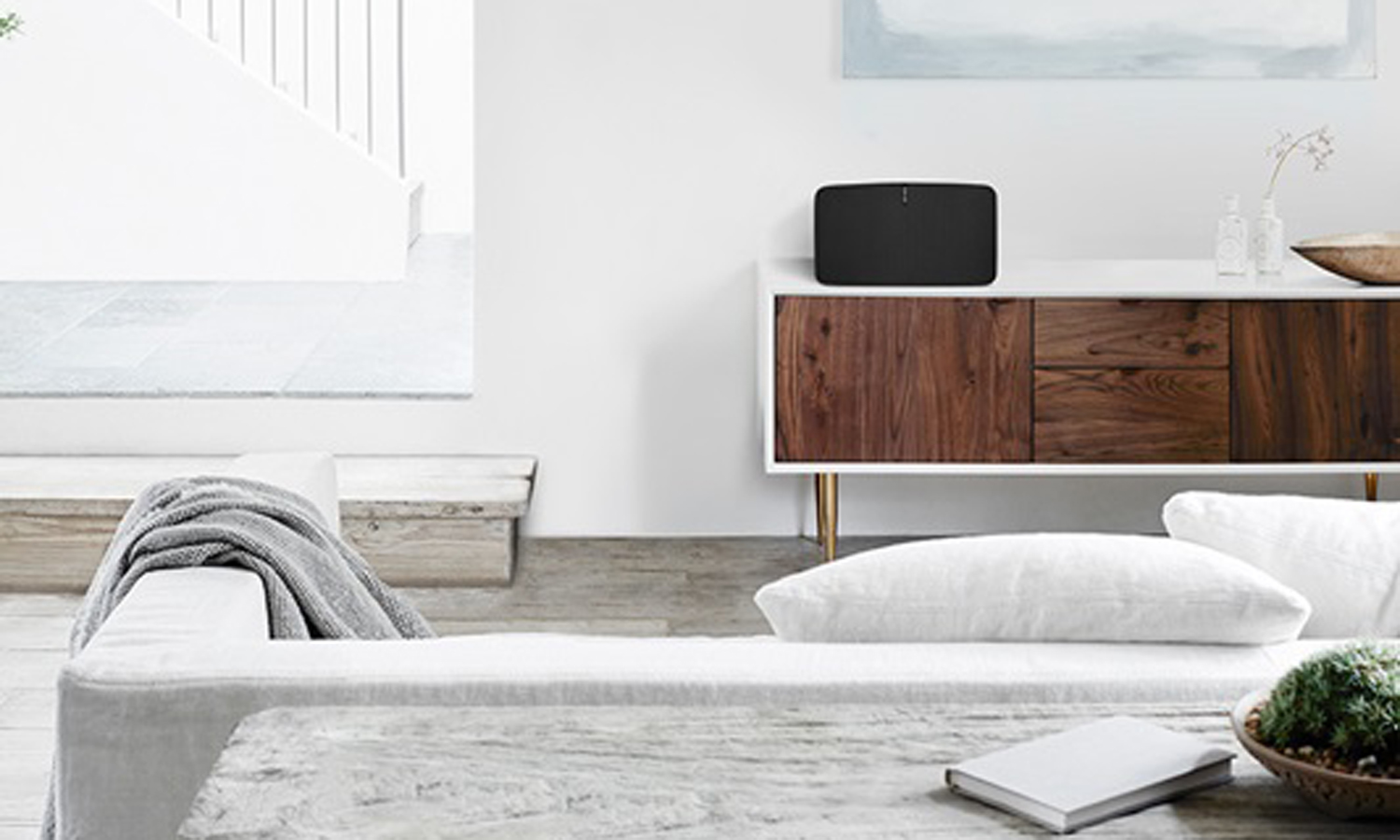Tom's Guide Verdict
Who needs a stereo? With great sound and an easy-to-use app, the Sonos Play:5 makes a strong case for being the center of your home audio universe.
Pros
- +
Well-balanced bass and treble
- +
Room-filling sound
- +
Supports multiroom audio through additional Sonos speakers
- +
Works with most streaming services
Cons
- -
No Bluetooth
- -
Proprietary system — can only use with other Sonos speakers
Why you can trust Tom's Guide
Finding a wireless replacement for your good old stereo system is harder than it seems, because few wireless options can match the features and sound quality of a receiver plus wired speakers. Of the many that have tried, Sonos is one of the few that has produced a system that is both easy to use and a pleasure to listen to. Its latest model, the $500 Play:5, is the best of the Sonos lineup for listening to music, and is loud enough to fill a large room. If you’re looking to replace your wired sound system, here's where to start.
Design
For a speaker that produces big sound, the 14 x 8 x 6-inch Play:5 doesn't take up much space. Inside, Sonos packed three tweeters and three mid-woofers, each with its own amplifier. By comparison, Denon's 18.9 x 8 x 6.5-inch Heos 7 — its largest in the Heos multiroom line — features five active drivers and five amplifiers, and the 16.6 x 6.1 x 4.25 Wren V5US, which supports Play-Fi (a multiroom audio technology developed by DTS), has two tweeters and three woofers.
Available in black or white, the Play:5 is a minimalist’s dream on the outside. On top, three touch-sensitive buttons control playback: swipe right to advance to the next song, swipe left to go back. Tap the play button to pause or resume. I found these basic functions useful to have on the speaker, as I didn't have to take my phone out to briefly pause a song. These controls are especially handy if you're playing music that's stored on a computer in another room.
On the back, the Play:5 includes a 3.5mm wired input and a button to initiate the connection to your Wi-Fi network. There's an Ethernet port if you prefer wired connectivity — which could come in handy if you're streaming large, CD-quality files or have weak Wi-Fi.
MORE: Best Bluetooth Speakers for Home or On-the-Go
Performance
The Play:5 delivers the best all-around performance of any wireless speaker in its price range. It produces a well-balanced sound, composed of crisp treble, rich bass and full vocals.

On David Bowie's "Blackstar," the Sonos translated the deep bass with excellent detail, and the snare drum popped crisply. Adele's voice resonated fully on "Hello," neither too bright nor too bassy.
Get instant access to breaking news, the hottest reviews, great deals and helpful tips.
The sound profile works well for all genres of music. Jimmy Page's distorted guitar riff on Led Zeppelin's "Custard Pie" didn't overpower John Paul Jones' bass line or John Bonham's drum beat. Miles Davis' muted trumpet on "Blue in Green" was clear but not too bright, while the piano and bass had a balance in the mix that many wireless speakers can't manage.
The Play:5's design is a minimalist’s dream.
The Play:5 packs enough power to be heard throughout a large room. At max volume, I measured 94 decibels, though it started to sound distorted above 90 dbs — still plenty loud.

Since Sonos uses Wi-Fi instead of Bluetooth for wireless, I never ran into any range issues — the connection remained strong no matter where I was in my house, even on different floors. Wi-Fi also lets you stream higher-quality files, making the songs sound that much better.
Multiroom capabilities
The Play:5 can be used on its own, but it really shines when paired with other Sonos units. The Sonos app can group together with other Sonos speakers so you can play the same song on speakers throughout the house (or different songs, if you choose). Several companies have tried multiroom systems, but none have mastered it to the level that Sonos has. The app makes it easy to group speakers — just select the ones you want to play together, then choose music to play.
The Play:5 can be used on its own, but it really shines when paired with other Sonos units.
You can also use your Sonos speakers to create a true 5.1 home theater setup, though the Play:5 is an awkward fit in that setup. You need to use the Sonos Playbar ($699) as the center, left and right channels, which means you would use two Play:5s as the surround channels. But that would be overkill. Play:1s ($199) or Play:3s ($299) would work just fine for most people in that role.
MORE: Apple Music vs. Spotify: Streaming Services Compared
Setup and Software
While some multiroom wireless speakers can be a pain to set up, Sonos makes it easy. You'll need to download the free app for iOS or Android, or use its free software for Mac or Windows. I used the iOS app.

When you first launch the app, choose "Setup New System"; if you have a Sonos and are adding an additional unit, go into Settings and tap "Add a Player or SUB." The app walks you through a few steps. I added the Play:5 in a few seconds.
The Sonos app offers a number of functions that aren't common among wireless speakers, and that can improve the sound quality. TruePlay uses your phone's microphone to adapt the sound to your room's settings, similar to the way many current audio-video receivers will. I didn't notice a significant difference after using the tool, however. The app also features an EQ to boost bass and treble.
The Play:5 can be used on its own, but it really shines when paired with other Sonos units.
All music playback is handled through the Sonos app. It can play any music on your phone or computer, as well as stream from almost every music service -- including Apple Music, Spotify, Amazon Music and Pandora. The Sonos app will also search all your music sources at once: A search for David Bowie showed options in Spotify and Apple Music. You can also integrate music from a streaming service with your own library by creating a queue that includes songs from both. This helps overcome gaps in a streaming catalog.
Bottom Line
The Play:5 can easily replace most wired stereo systems, and comes with the option of adding additional Sonos speakers for multiroom sound. It's easy to use and produces balanced and detailed sound for all music genres.

There are a few shortcomings worth considering: It works with most music services, but if yours isn't supported, there's no Bluetooth option. And if you want multiroom, you have to buy another Sonos speaker — unlike speakers that support PlayFi, such as ones from Definitive and Polk.
If you're looking to get into high-quality wireless sound, the Play:5 is a great place to start. And if you already have a Sonos setup, it will only improve on what you hear now.

Michael Gowan is a freelance technology journalist covering soundbars, TVs, and wireless speakers of all kinds of shapes and sizes for Tom’s Guide. He has written hundreds of product reviews, focusing on sound quality and value to help shoppers make informed buying decisions. Micheal has written about music and consumer technology for more than 25 years. His work has appeared in publications including CNN, Wired, Men’s Journal, PC World and Macworld. When Michael’s not reviewing speakers, he’s probably listening to one anyway.

